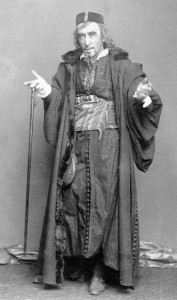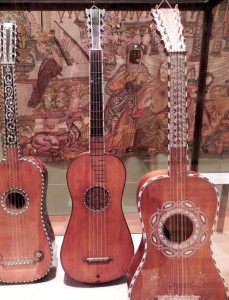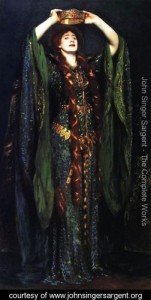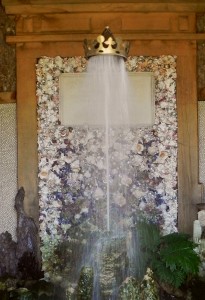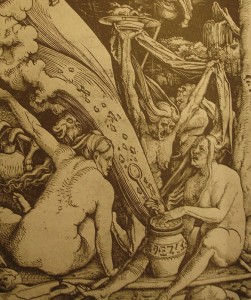
Photograph of a cuckoo by John N Murphy, http://murfswildlife.blogspot.com/
According to one website, Shakespeare “writes more about birds than any other poet”, with 606 mentions of 64 different species. He certainly names many species, and associates them with feelings, people or events.
The day before yesterday I heard my first cuckoo of the year. A website check revealed they have been back in this country since April 11. The one I heard was in a wildlife reserve in Sussex, and in spite of having been out in the Warwickshire countryside regularly over the past three weeks, I haven’t heard a single one. Shakespeare notes that in his time they were so common they were “on every tree”, and in Henry IV Part 1 the King warns that his predecessor Richard II
was but as the cuckoo is in June,
Heard, not regarded
If they are now difficult to hear, seeing them is really tricky. This reclusiveness, combined with the mystery of their migration, might contribute to the belief that it was lucky to see one, but unlucky to hear the call.
Cuckoos are one of the few birds whose name comes from its call, and the Latin name too comes from this sound made by males on the lookout for a mate. It’s a bird defined by its call.
The now outdated English word cuckold is also derived from the call. A cuckold was a man whose wife had been unfaithful to him. The folklore associated with the bird relates to its extraordinary habit of laying its egg in the nest of another bird. The cuckoo chick hatches before those of the host bird, and immediately ejects all the other eggs from the nest so that it gets the undivided attention of its adopted parents.
No wonder that the two-note call of the bird was a symbol of infidelity. A result of this predatory behaviour could be a man raising another’s child as his own. This verse is part of the song of the Owl and the Cuckoo from Shakespeare’s play Love’s Labour’s Lost.
The cuckoo then on every tree
Mocks married men; for thus sings he, “Cuckoo”;
Cuckoo, cuckoo” – O word of fear,
Unpleasing to a married ear
As usual Shakespeare is an excellent observer of nature. He mentions the cuckoo’s habit of laying its eggs in other birds’ nests, in both The Rape of Lucrece, where “Hateful cuckoos hatch in sparrows nests” and in King Lear:
The hedge-sparrow fed the cuckoo so long,
That it had its head bit off by its young
The legend that the bird was unlucky goes back long before Shakespeare’s time. Geoffrey Chaucer, in his poem The Cuckoo and the Nightingale, calls the bird “lewd” and “love’s enemy”.
By the beginning of the nineteenth century, the bird’s image had been transformed. In his poem To the Cuckoo, William Wordsworth wrote:
O blithe New-comer! I have heard,
I hear thee and rejoice.
O Cuckoo! shall I call thee Bird,
Or but a wandering Voice?
While I am lying on the grass
Thy twofold shout I hear,
From hill to hill it seems to pass,
At once far off, and near.
Though babbling only to the Vale,
Of sunshine and of flowers,
Thou bringest unto me a tale
Of visionary hours.
Thrice welcome, darling of the Spring!
Even yet thou art to me
No bird, but an invisible thing,
A voice, a mystery.
If you’re lucky enough to hear or even see a cuckoo this spring, enjoy it!
Update: On 8am Tuesday 10 May I heard a cuckoo calling loudly from the Greenway overlooking fields at Luddington!

